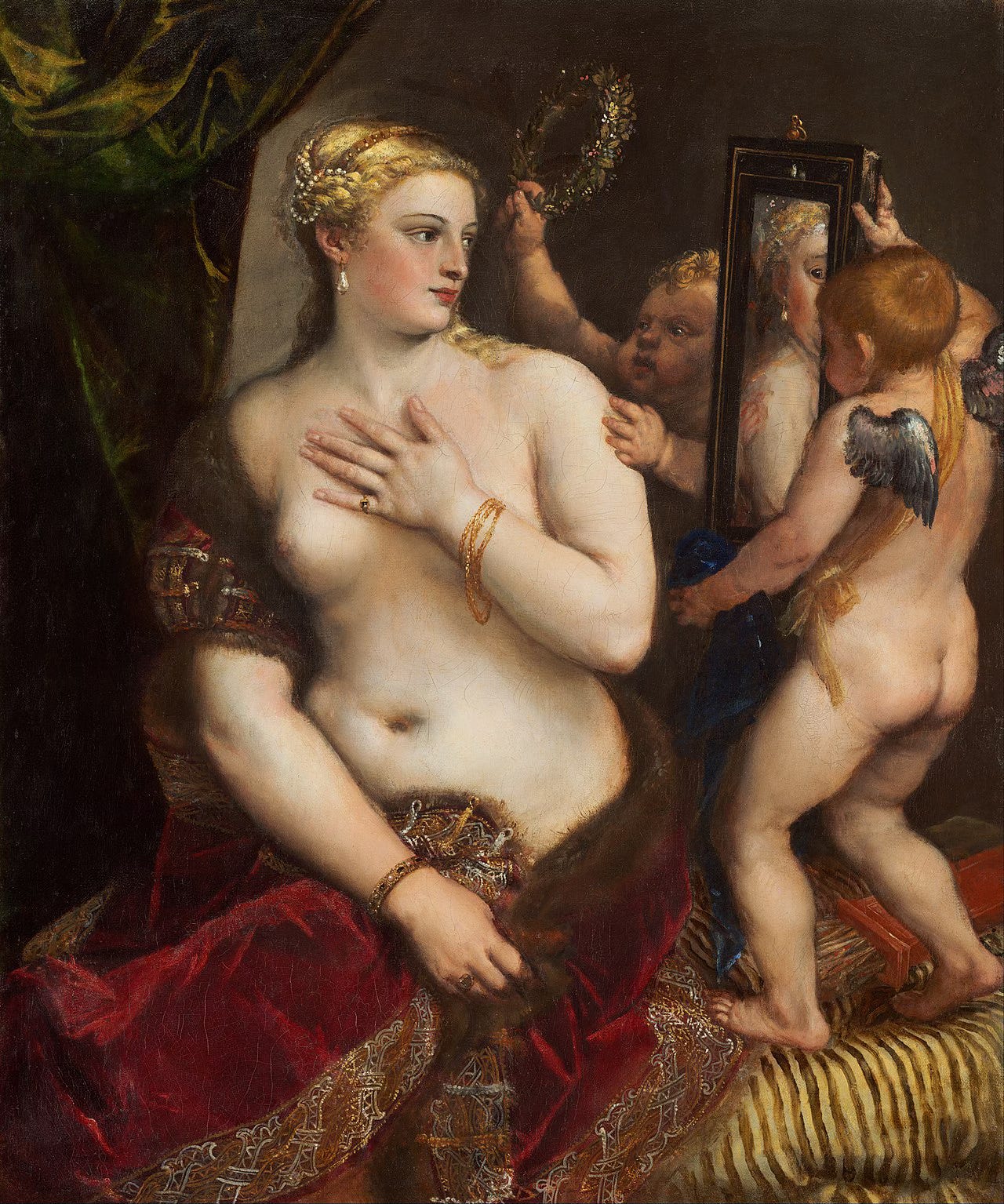My readers and women that I talk or correspond with, often reach out to me to tell me how they loved and felt moved by the film called “Dangerous Beauty” (1999). The film tells a story of a famed Venetian courtesan Veronica Franco [if you wish to know more about her, I recommend her “Poems and Selected Letters” — it is one of the titles in “The Other Voice in Early Modern Europe” book series]:
When I ask them about what it is that appeals about the film [beyond the opulent Venetian aesthetic], the most common response is its portrayal of female sexuality and glamour that still retains dignity and respect. The Venetian courtesan, similar to hetaira or tawaif, had to be educated on many topics and skilled in many domains; they were also often granted a degree of independence over their property and finances that married women did not have. The combination of glamour, sexuality, intelligence, skill and independence seemed to be at the heart of the appeal. [Of course, one could add sociological or historical nuances to the lives of these women — but understanding those does not make the archetype appeal to us any less.]
In my personal journey, the Venetian courtesan showed up in my dreams quite early on — she usually wears different hues of the Venetian red and my dream self began to identify with her as I was growing more comfortable with my own power. While I do come from the Adriatic region, the appeal of this archetype seems to transcend the localities — the film and Franco's biography consistently move women from vastly different backgrounds, and the archetype initiates across cultures. Venice herself has a particular feminine character due to her deep connection with the sea and sea trade. If she appears in your dreams or visions, do not be shocked or surprised
This archetype illuminates what our age has forgotten: that true allure is inseparable from artistry. The courtesan's beauty transcended the merely natural — it was beauty as creation, emerging through skilled application of adornment and, more essentially, through the deliberate cultivation of her mind, emotions, intellect, and artistic gifts.
Moving eastwards, to India, we find in Kama Sutra something called 64 Kalā or arts which make a person (a man or a woman) more attractive. The alluring power of these arts is in the fact that they make a person more multifaceted. London-based mythologist Seema Anand, speaks of these arts in her book “The Art of Seduction”; she also mentions it here .
In Greek and Roman cosmology, Aphrodite and Hermes, Venus and Mercury are lovers. Venus, we all know, stands for, among the others, the principles of beauty, love, and sexuality; Mercury however, is associated with skill, with art, with commerce and exchange; with eloquence, messages and interpretation. While Venus is sexuality, Mercury is fruitfulness and fertility. We may experience love or arousal as private sensations, but sexuality becomes fruitful only when we can skilfully translate these inner stirrings into authentic connection with another. Venus seeks not just a feeling, but relationship and relationship requires the artful bridging between inner experience and outer expression. The creation of a work of art follows the same principle — it is an eloquent expression of an inner experience. We find a parallel in Indian cosmology, where Lakshmi (Venus) is a consort to Vishnu (Mercury).
These ancient principles are not mere historical curiosities but living wisdom that give us keys to cultivation of beauty and allure that animate. In our contemporary discourse, we often encounter an idea that seems to suggest that active cultivation of anything means “fakery” or “trying too hard”. However, a lack of cultivation is what makes anything infantile, incomplete, underdeveloped and superficial. We wouldn’t call a man’s cultivation of martial arts as something “fake” or insist that his “true self” is his weaker, less developed version, and yet we (both men and women) are quick to label any woman who cultivates beauty and skills as “fake” or “inauthentic”.
What skills or arts we are to cultivate and develop is, to a larger degree, already within us — our fascinations, interests and desires point towards those. Cultivation requires effort and devotion over a period of time and these are not easy since average tendency is towards inconsistency and laziness. For women specifically, there can be a lot of internal resistance towards actualising anything, seeking comfort in the perpetual potential instead.
[Volupta touches upon the topic of perpetual potential in many articles and from many angles, you can find some of it here and here. Volupta also has a whole category called “Arts”, through which we seek mastery over different aspects of life.]
Today’s articles techniques and tips are aimed to help you find your “arts” and ways to cultivate them. Volupta shall also give you a few techniques and ideas on how to cultivate some intellectual, psychological and stylistic skills — for the purpose of a voluptuously lived life!




